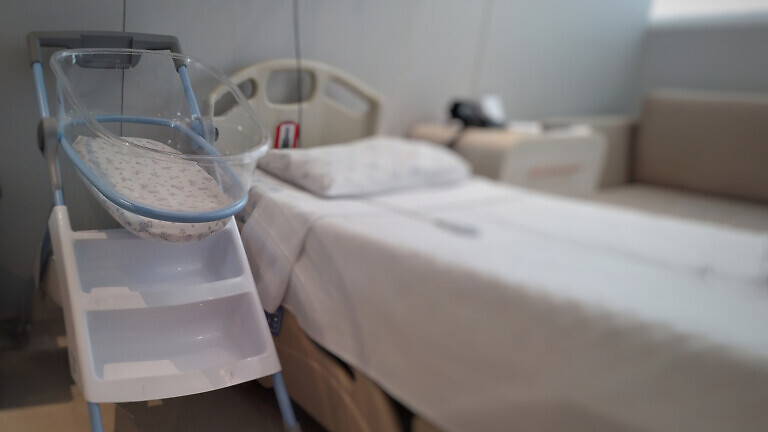Ming Kong, chief executive of smart-surface innovators TG0, explains how smart prosthetic liners can provide better outcomes for patients and reduce clinical interventions.
An ageing and growing population, a cost-of-living crisis, tight fiscal constraints and a mental health epidemic are all hammering the NHS. And that’s before you get into staffing levels. NHS England’s own Long Term Workforce Plan suggests a shortfall of personnel of up to 360,000 by 2036/37. With the magic money tree no longer available, demand through the roof, and morale and patient services already suffering, workload and costs are becoming intolerable. New thinking is required. And the answer is innovation.
Grand hospital projects, new wings and a crackdown on agency staffing may grab the headlines, but increasingly, it’s the adoption of new, digital-first solutions at the individual care level that is driving transformational success. As an example, the NHS App now has 20 million opt-ins, and 11 million individuals use it every month, providing a huge opportunity for more personalised, more convenient and more cost-effective care. A Fit for the Future Fund to improve scanning systems and AI diagnostics tools are other ways in which the NHS is moving from analogue to digital. Yet another use case is in wearables.
Wearables: A new frontier for clinical care
Wearable technology, once the domain of fitness enthusiasts and quantified-self pioneers, is emerging as a powerful force in clinical care. These devices’ blend of digital capability, real-time data transfer and user-centric, ergonomic physical design can help to solve deeply embedded healthcare challenges. Nowhere is this more evident than in prosthetic care, where a long-standing issue – the high abandonment rate among users – has remained largely unaddressed.
The root problem is well understood: poor prosthetic fit can quickly lead to pressure sores, sometimes in as little as 20 minutes. These injuries can take weeks to heal and can push users to abandon their devices altogether. Studies show a staggering 22% of lower-limb prosthetic users currently abandon their device due to problems such as poorly fitting sockets, pain, skin problems, or due to functionality.
With an estimated 57,000 lower-limb prosthetic users and over 7,000 amputations performed each year, this represents a major issue. And yet, until now, the tools available to clinicians and patients for monitoring fit have been limited, reactive, and often reliant on subjective feedback.

This abandonment has real-world consequences. For patients, it often means a loss of mobility, independence, and quality of life. For the NHS, it contributes to an estimated £10 million annually in additional costs through further clinical interventions, replacement devices, and the treatment of pressure-related injuries.
This is where smart wearable technology, designed with the end user at the centre, can make a real difference. This type of technology can be integrated into a prosthetic liner that uses ultra-soft, wireless sensors to monitor pressure and comfort. This liner continuously maps pressure points within the prosthetic socket and can transmit data to a secure Cloud platform accessible to clinicians and patients alike. The result is a system that enables proactive adjustments by the patient themselves or in consultation with a prosthetist, long before discomfort turns into injury. This collaborative model ensures the solution fits seamlessly into daily life – virtually undetectable to wear, durable, and adaptable to a range of prosthetic types and mobility profiles. This creates a positive knock-on effect on abandonment rates and the development of secondary symptoms requiring treatment, such as pressure sores and ulcers.
Moving beyond prosthetics
Smart sensing prosthetic liners align closely with the NHS Long Term Plan, which champions digital innovation, preventative care, and the shift toward community – and home-based health management. By enabling remote monitoring and early intervention, wearable prosthetic sensors reduce the need for specialist appointments, hospital visits, and prolonged recovery periods, all while supporting greater independence for patients.
Prosthetics are just one use case for this innovative surface sensing technology, which also holds promise across a range of other applications. It can be used to monitor posture and occupancy levels for wheelchair and bed users, help prevent diabetic foot ulcers, support injury prevention in sports medicine, provide insoles that assist with posture and alignment, and track movement in care home settings. All of which can use the same sensors and the same principles: continuous monitoring, real-time feedback, and patient-centred design. This results in greater comfort, improved care, and a lower demand on the NHS due to preventative, patient-led diagnosis.
Smart wearable technology, when thoughtfully designed and grounded in real-world user experience, is more than a digital upgrade. It’s a new mode of care – one that empowers patients, supports clinicians, and strengthens the sustainability of health systems like the NHS.
In prosthetic care, that means fewer injuries, fewer abandoned devices, and millions in cost savings. But more importantly, it means more people living independently, moving confidently, and staying well, thanks to a piece of technology that’s as quiet as it is powerful.
The future of healthcare isn’t just digital; it’s wearable, it’s preventative and it’s already here.



